Timber Frame Joints: Connecting the Past and Present
Ada Heller - May 26, 2025
Timber framing is a centuries-old construction technique that has stood the test of time. From medieval cathedrals to modern pavilions, the heart of timber framing lies in the way its timbers are joined together. Timber frame joints are more than just mechanical connections—they are a blend of engineering and tradition.
Today, as sustainable design and traditional aesthetics make a strong comeback, timber framing is experiencing a revival. But how does this all come together? Timber frame joints, of course!
Let’s explore the different types of joints, their historical roots, and how modern technology is enhancing their use.
What is Timber Frame Construction?
Types of Timber Frame Joints
While there are many different types of timber frame connection techniques, three main timber frame joints are most commonly used.
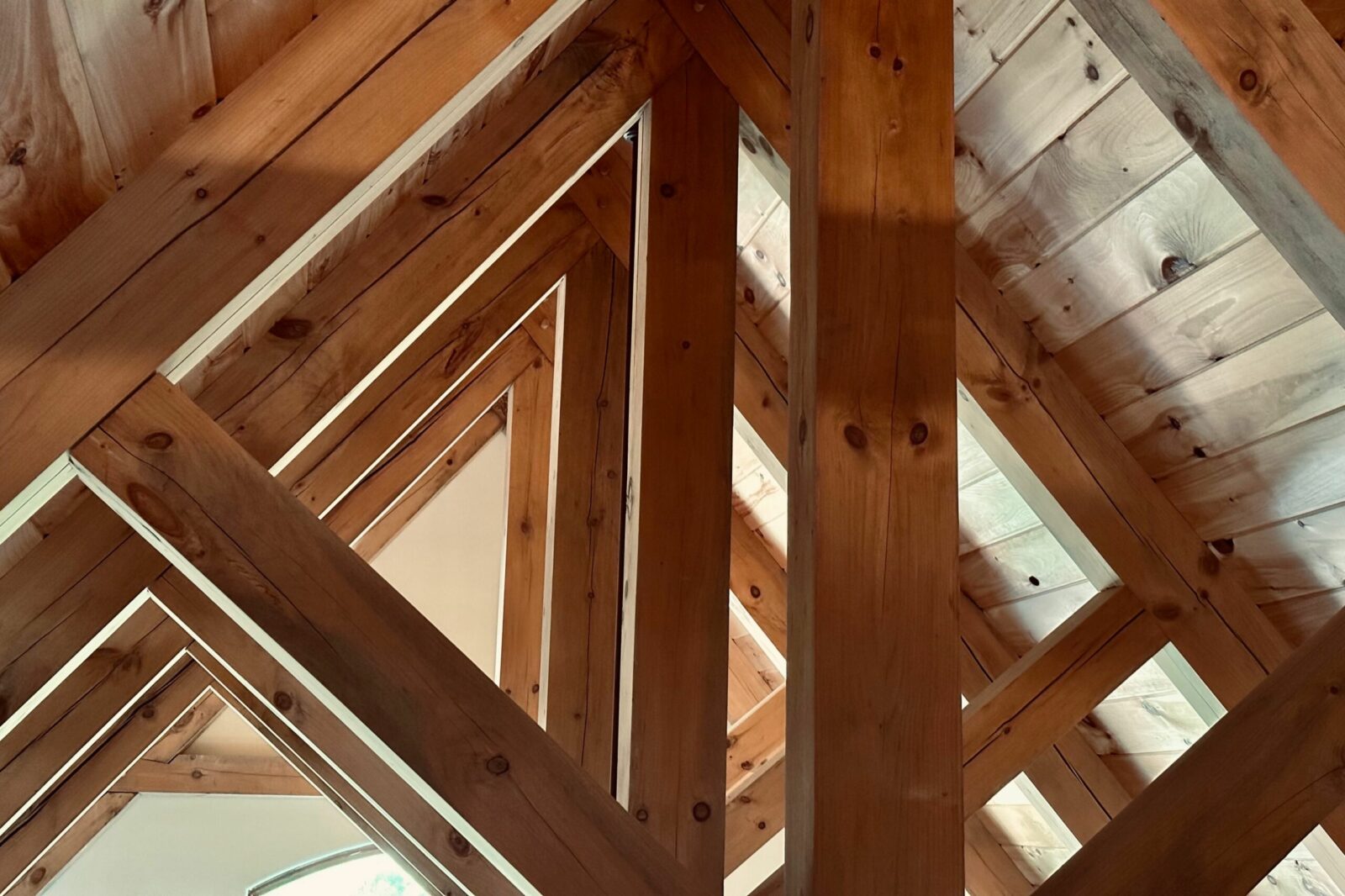
Mortise and Tenon
Widely considered the best joint for timber framing, mortise and tenon joints have been used for thousands of years across cultures. The mortise is a hole or recess cut into one piece of timber, and the tenon is a projection on the end of another piece that fits snugly into the mortise. Often secured with a wooden peg, this joint is prized for its strength and simplicity. Variations include:
Shouldered Mortise and Tenon: Most commonly used in the main joints for carrying beams, this joint is shouldered one inch onto posts using a tapered cut. These joints are held in place by one-inch pegs. The combination of the beams being shouldered onto the posts and the one-inch pegs create a sturdy joint.
Brace Mortise and Tenon: Found at structural corners, this joint supports right-angle connections with diagonal braces. The joint itself is a typical mortise and tenon joint, with the tenon being inserted into the mortise and fastened by a wooden peg through both the mortise and tenon.
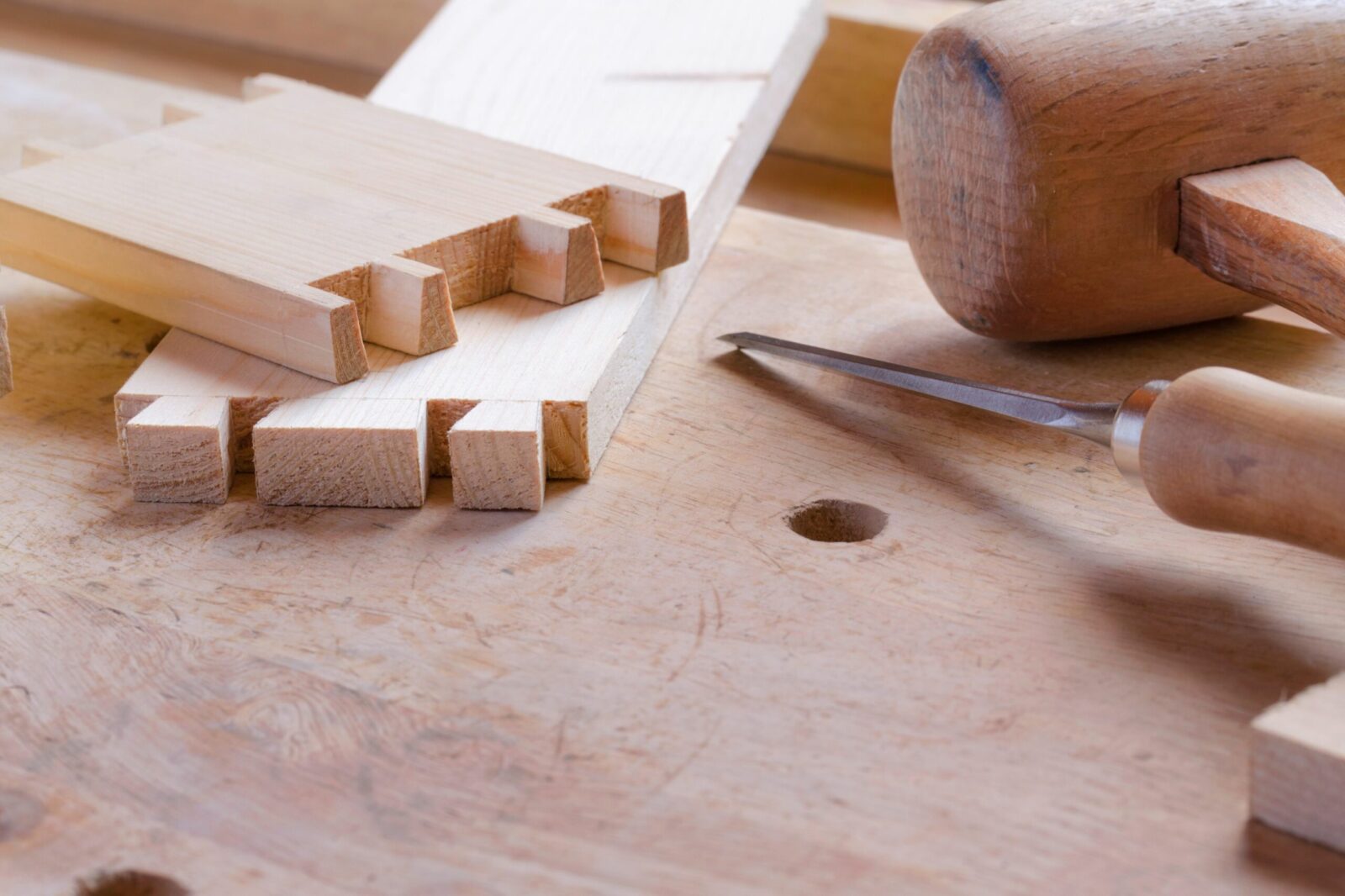
Dovetail Joint
Recognized for its interlocking shape, the dovetail joint is commonly used in furniture but also appears in timber structures where a self-locking joint is needed. The design resists pulling apart and requires no pegs or fasteners.
The dovetacan you generil is commonly used in rafters and fits together two pieces of wood, one referred to as the tail and the other as a pin. The tails interlock together and create one of the strongest possible joints.
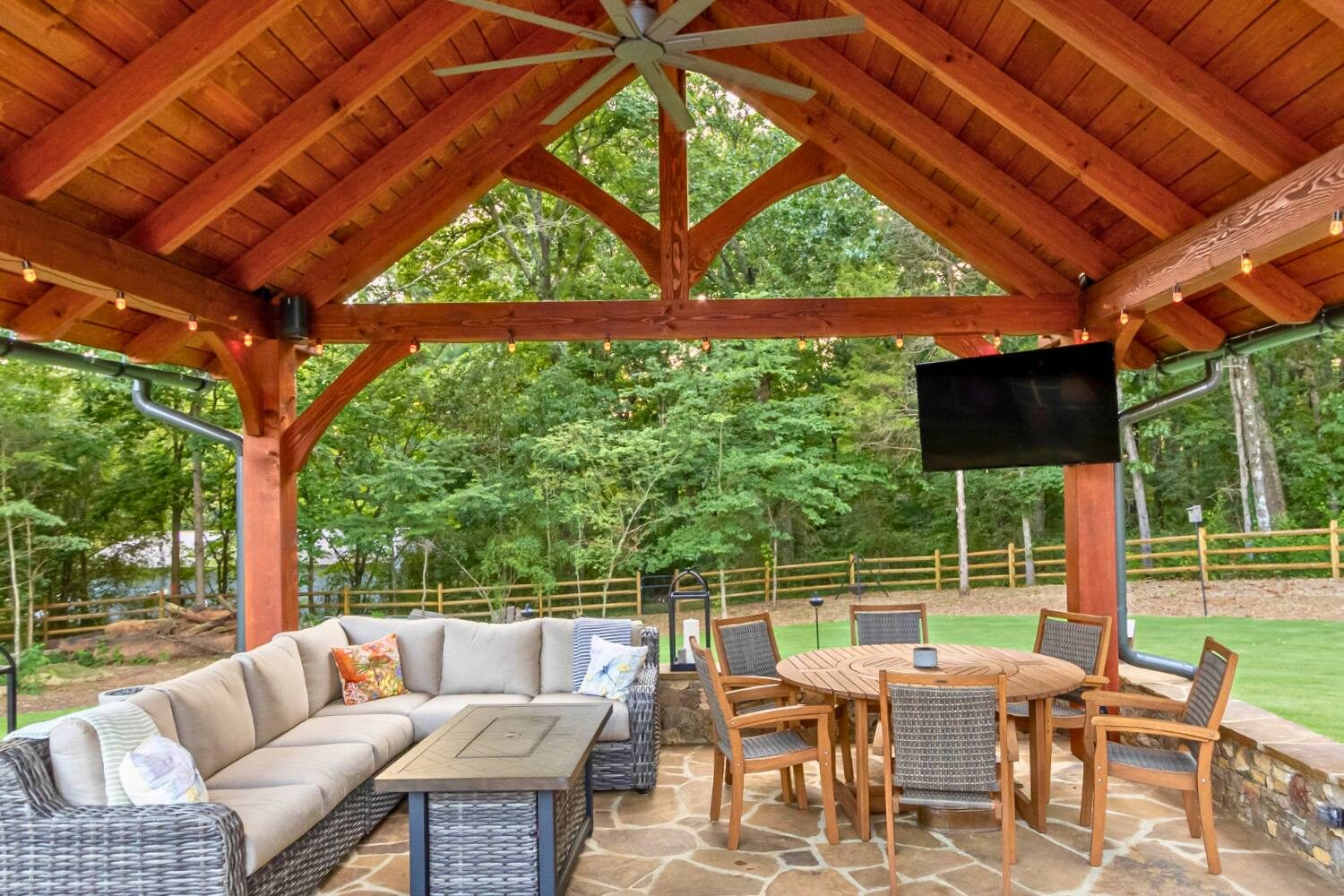
Wedged Scarf Joint
When long beams are required, a wedged scarf joint is used to connect two shorter timbers into a single continuous span. The angled, interlocking cuts are hammered tight with wooden wedges, creating a strong, unified beam.
Traditional Timber Frame Joinery Methods
Before power tools or computers, every timber frame joint was hand-cut with chisels, broadaxes, and adzes. These traditional techniques required tremendous skill and precision, and the beauty of the joints often became a central visual feature of the structure. Timber framing was not just construction—it was craftsmanship.
Read more about the history of timber framing in our Timber Framing 101 article: The History of Timber Framing.
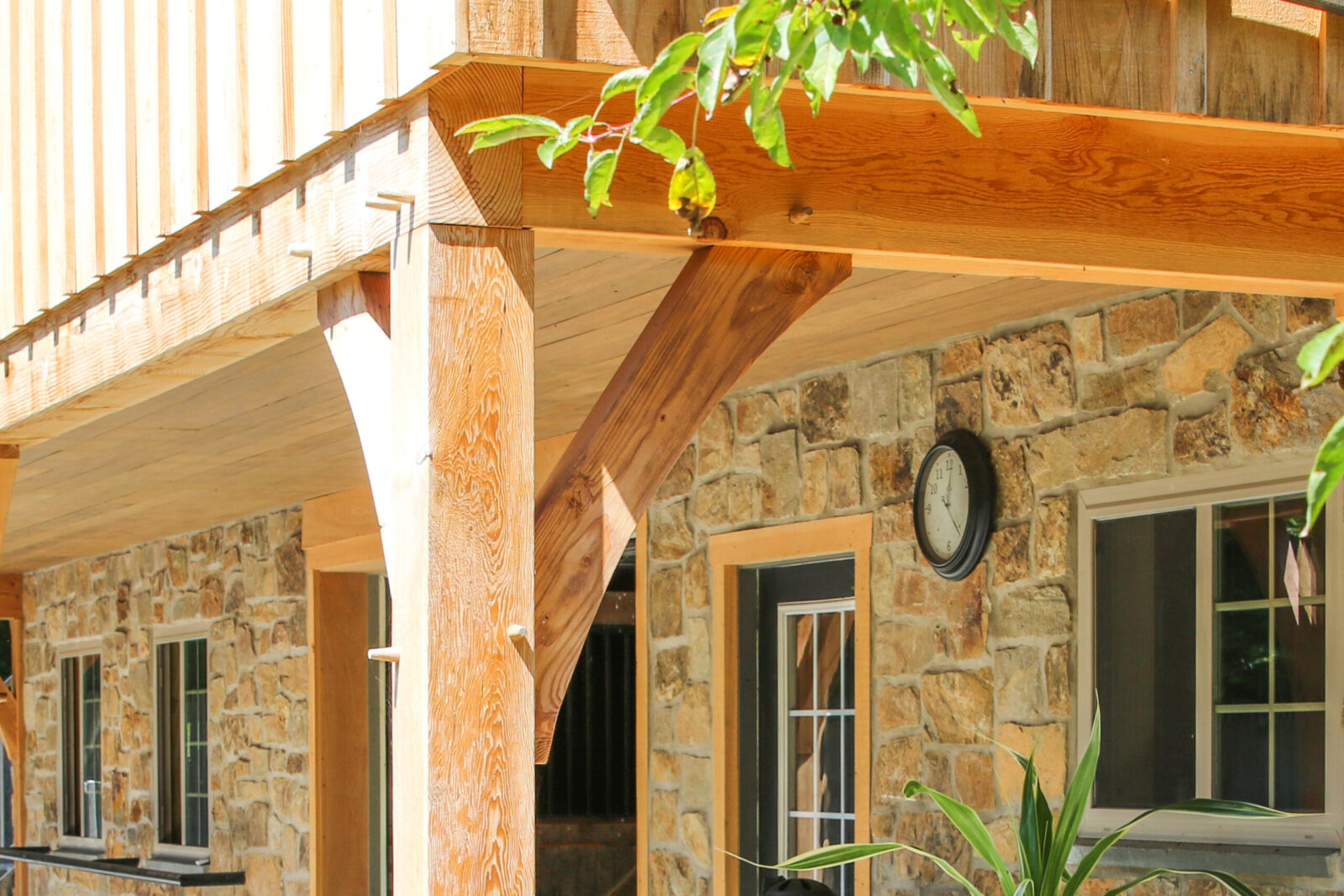
Timber Frame Joints and Technology
Timber frame joints are unique in that they require no metal fasteners or nails. However, the emergence of new technologies during the Industrial Revolution led traditional construction methods, including timber framing and its intricate joinery techniques, to gradually decline in widespread use.
Before machines and factory lines were commonplace, all timber frame joints were handcrafted by skilled carpenters. Now, timbers and timber frame joints are cut and shaped to precise measurements to ensure accuracy and the best possible fit.
Hand-Crafted vs. CNC-Cut Timber Joints
While traditional hand-cut joints are still respected and practiced, the introduction of CNC (Computer Numerical Control) machines has revolutionized timber joinery. CNC machines allow for millimeter-precise cuts, improving consistency and reducing fabrication time. These machines replicate complex joinery that would take hours to cut by hand without sacrificing quality.
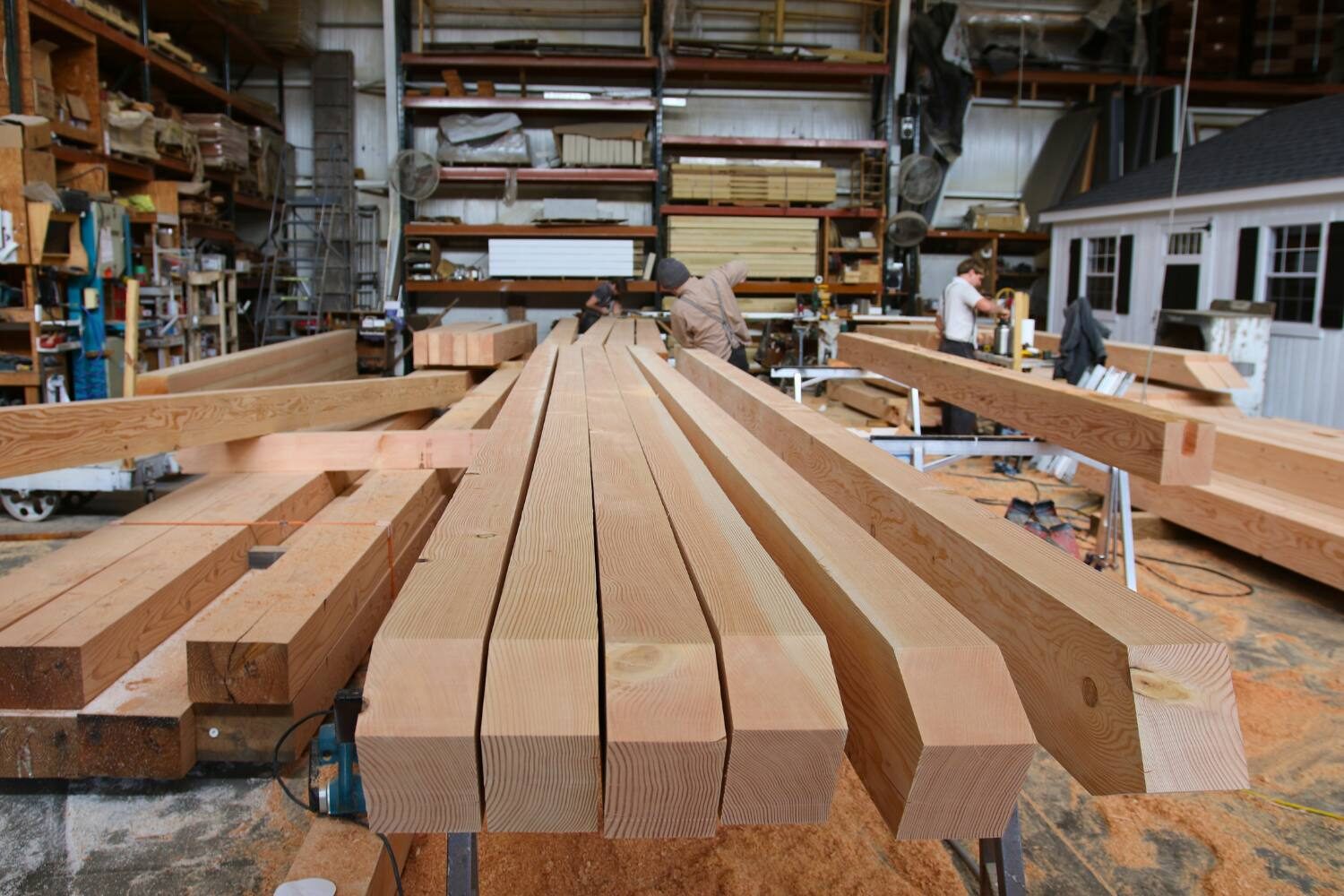
Timber Frame Construction Details
Timber frame joints are more than simple connections. They shape the entire structural design, including how trusses are formed, how weight is distributed, and how a building comes together. From the iconic mortise and tenon to more complex truss systems, these details have allowed timber frame buildings to stand tall for centuries.
Load-Bearing Capacity of Timber Joints
Properly crafted timber joints are not only beautiful but also incredibly strong. The interlocking nature of joints like mortise and tenon distributes weight evenly, reducing stress on fasteners and enhancing structural integrity. This is one reason timber framing remains a trusted method for heavy-load structures like barns and pavilions.
Although factors like length, thickness, and type of wood will all affect the strength of your joint. Generally, mortise and tenon joints are credited with the strongest load-bearing capacity, with dovetail and scarf joints listed second and third, respectively. Dovetail joints are also credited with being the best joint for use in high-stress areas (like rafters), and scarf joints are the best option for joining timbers to create longer beams.
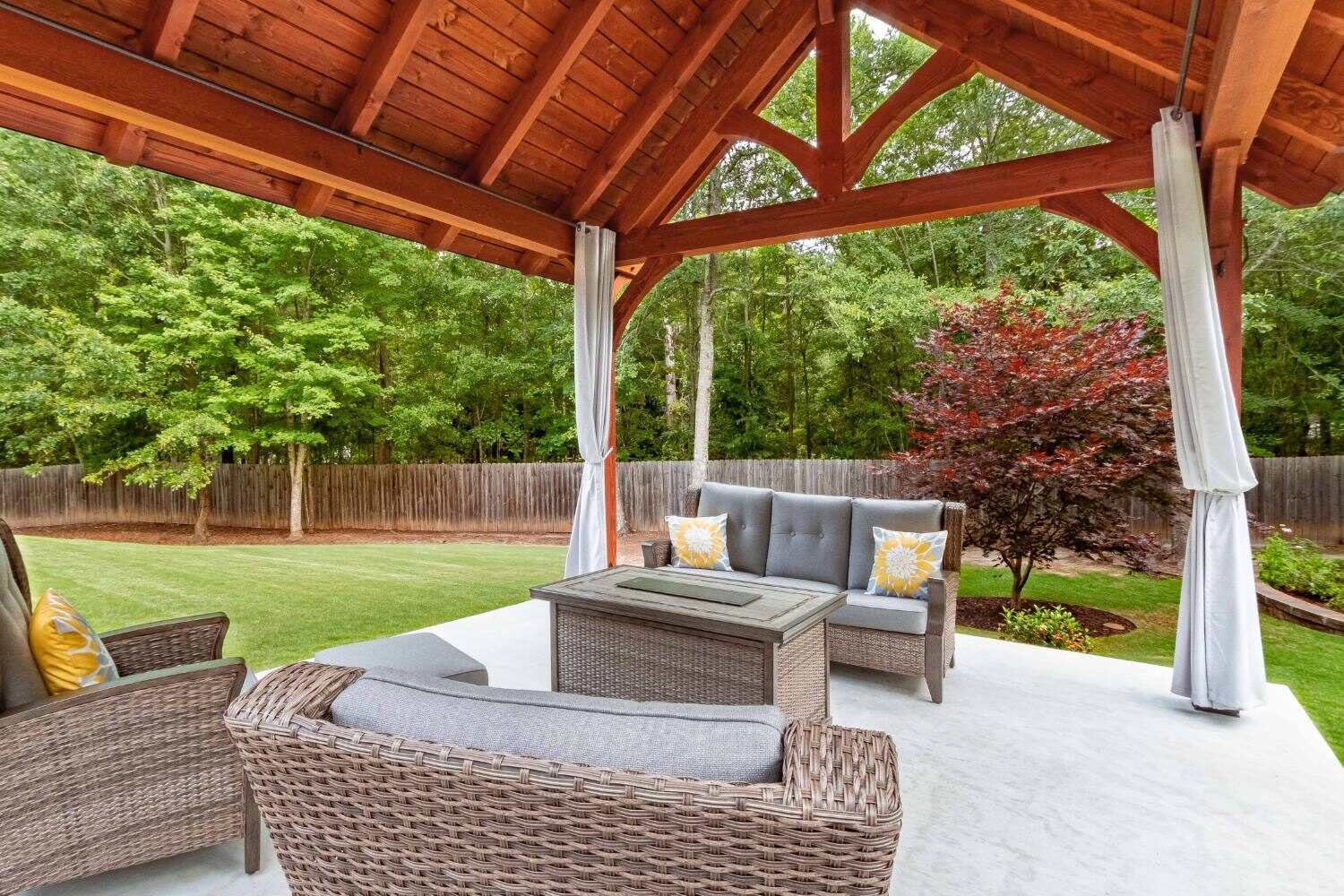
Connecting the Past and Present
Timber frame joints are where history, craftsmanship, and innovation meet. Whether hand-carved or machine-cut, these joints form the backbone of beautiful, enduring structures. As the world embraces tradition and sustainability, timber framing and the art of its joints continue to raise the bar in modern construction.

